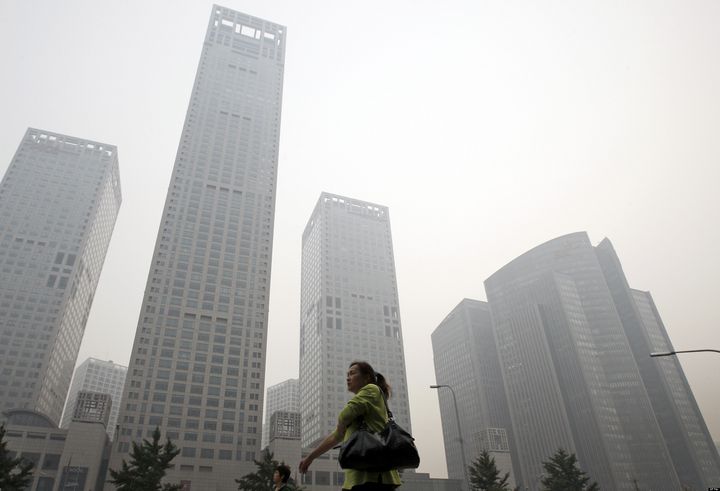
According to the United Nations, more than 50 percent of the world's population now lives in urbanized areas. It is estimated that by 2030 nearly 60 percent of the world's population will become city dwellers. Without question urbanization is a major demographic driver shaping the future of nations, lifestyles, and environments.
There are multiple reasons that people are migrating from the countryside to the city. For some more affluent people in developed economies, an urban lifestyle provides an intensity and density of activities that is simply more attractive than living in suburban or rural environments. For others, however, the search for economic opportunity is the most compelling reason to leave rural areas. The shift from agricultural-based economic development to manufacturing and knowledge work in part explains why rapidly developing economies such as China and India and parts of Africa and South America are experiencing the most explosive urban growth.
The growth of the world's cities requires significant investment in all those physical systems that support urban activity. These include water, waste management, electricity, communications, and a transportation system that is sustainable, safe, and seamless. These are the obvious "hard" infrastructure systems that can be built and managed to meet the growing population and changing physical needs of the city. Governments and large multinational corporations (e.g., General Electric, IBM, Siemens, Tata) are leveraging their knowledge and developing innovative technologies to support an urban world. There is little question that with enough imagination, technology, money, and political will, cities can continue to be vibrant places to live as their populations grow. But what happens when the principal driver of urbanization (economic opportunity and growth) stalls?
The BBC reports a countertrend of city residents returning to rural regions in Greece. According to the BBC, a survey by the Greek Agricultural Ministry reports that because of the economic collapse, 70 percent of Greeks living in the nation's two largest cities, Athens and Thessalonica, are considering moving back to the countryside. The BBC goes on to report that the survey shows that 19 percent of them have already begun making plans to move back to the countryside, where they can farm and survive in the villages of their parents and grandparents. The BBC features Dimitrios Psiomiadis, once an electrician, and his wife Maria, a former worker in a fabric company. They left Thessalonica to return to the family farm after losing their jobs in the wake of the financial crisis. Now, instead of working on new construction or in a factory, the couple raises animals and grows crops, occasionally bartering their former skills for products, much the way their families did generations ago.
Greece is a small nation of about 10 million people, smaller than most of the world's megacities. People moving back to the country in Greece may be little more than a demographic statistical blip. However, Greece may also provide a case for governments, urban planners, government contractors, public health researchers, NGOs, and families to invest more in the development and maintenance of "soft" infrastructure that supports the social and economic well-being of urban populations under stress. Economic cycles and outright market volatility are not new, but their impact may be greater in decades to come, when there are far higher concentrations of people with few alternatives for survival living together in the world's megacities. Moving back to the farm is not an alternative for most people. Here are a few questions to consider for the next generation development of urban systems to support the well-being of an urbanized world:
- How do city, regional, and national governments, already under economic stress, respond to significantly larger and concentrated numbers of people who may swing in and out of poverty and dissatisfaction?
- What social systems can be developed to support families that may have fragmented in the pursuit of economic opportunity (e.g., elderly parents and even young children who remained in the countryside but are dependent upon the income of adult children who migrated to the city, or newly immigrated but now-unemployed, younger workers who have no immediate family nearby for economic, social, and emotional support)?
- What innovative strategies should governments adopt to ensure that civil rights as well as safety and security of very large urban populations are maintained?
The evolution of the megacity is unprecedented. Some nations and cities may be better able to evolve existing programs and invest in the development of new policies to support urban life in a volatile global political economy. Others without experience or resources will be less prepared. While physical infrastructure is necessary for the economic and physical vitality of the city, investing in soft infrastructure to support an urban society under stress may prove to be as important as clean water to the well-being of cities and nations.